From Cement To Concrete While cement and water are active components, it's not an economical way to utilize them alone. Instead, aggregates are added to enhance the volume and tailor the concrete to its final use. Typically, 60 to 80 percent of the concrete is aggregate. In most cases, aggregates are sand and gravel. When sand is used alone, the result is mortar. When both are present, the result is concrete. However, other aggregates might be used depending on the required characteristics of the cured mix. For example, vermiculite or perlite aggregates produce a lightweight concrete that has good insulating properties and can be easily sawn.

Concrete suppliers who enhance performance often use additives, called admixtures, to alter or improve the quality of the mix for a particular application. When it's crucial to have a workable concrete that pours easily without adding extra water, a mineral additive such as fly ash is added. Alternatively, super plasticizers are used to improve workability while increasing strength because less water is required. Retarding and accelerating admixtures are used to modify curing time as necessitated by climatic conditions. One of the problems with concrete is that freeze-thaw cycles can lead to cracks. To help remedy this, air-entraining agents are added. These admixtures create a dispersion of very fine air bubbles that the concrete cushion againsts the effects of freezing water.
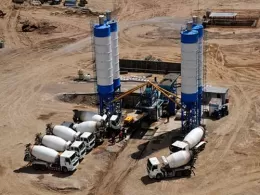

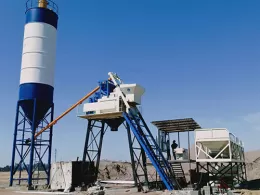

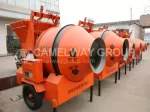
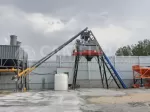

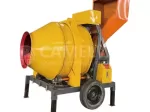
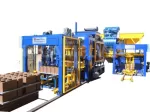
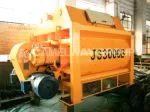

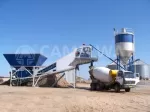
0 Comment